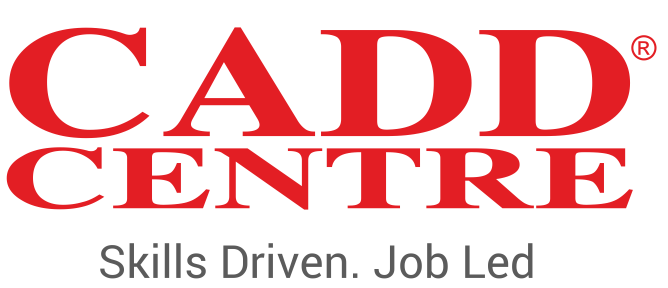Autodesk Revit Architecture is a Building Information Modelling software tool which allows users to design a building and its components in 3D, annotate the model with 2D drafting elements and access building information from the building models database. Revit comes with tools to plan and track various stages in the building’s lifecycle, from concept to construction and later demolition.
Autodesk Revit MEP Revit programming, from Autodesk, gives mechanical, electrical and plumbing (MEP) engineers with devices to plan the simulation capable MEP designs using the software Autodesk Revit. Revit MEP helps creators upgrade joint effort, investigation, outline, perception, and documentation
Autodesk Navisworks Navisworks is a 3D outline audit bundle for Microsoft Windows. Navisworks allows clients to open and collectively consolidate 3D models and constantly monitor, add remarks store data in a database, redline, perspectives and estimations. These 3D models and data can come from various software like Autodesk Revit, AutoCAD and MicroStation. A determination of modules improves the bundle including obstruction location, 4D time reproduction, photorealistic rendering and PDF-like circulating.
Microsoft Project is a Project Management software that is developed by Microsoft to assist Project Managers to develop Project Plans, assigning resources to tasks, tracking project progress and optimizing workflows
Project Management Concepts introduces the student about much needed knowledge on the main strategic project management concepts
The Revit Architecture Module Contains
- Building Information Modelling (BIM) Concepts, Revit Architecture User Interface, Terminology
- Creating, Modifying Levels, Column Grids & Adding, Modifying Walls, Doors & Windows
- Creating & Modifying Floors, Roofs, Ceilings, Curtain Walls, Stairs & Railings
- Loading, Adding & Modifying Component Families (Furniture, Fixtures & Equipment)
- Creating & Managing Plan, Section, Elevation, & 3D Views, Controlling Visibility of Objects
- Using Dimensions, Alignments & Constraints to Control Object Positioning
- Creating Callout, Detailed & Drafting Views & Editing, Annotation & Detailing Tools
- Creating & Modifying Schedules, Legends & Keynotes
- Creating Drawing Sheets & Working with Title Blocks, Printing & Publishing Views & Sheets
- Working with Revit Linked Projects, Creating & Working with Component Groups
- Working with Mass Shapes for Conceptual Design & Converting to Building Components
- Creating & Using In-Place Families, Creating & Modifying Parametric & Nested Families
- Rendering the Model, Creating Sun & Shadow Studies and Walkthroughs
Revit MEP Module
- Introduction to Autodesk Revit MEP
- Starting MEP Projects
- Working with Views
- Understanding MEP Systems
- Spaces and Zones
- Performance Analysis
- HVAC Systems
- Hydronic Piping Systems
- Plumbing Systems
- Electrical Systems
- Creating Construction Documents
- Annotating Construction Documents
- Tags and Schedules
- Materials and Quantity Take off
Navisworks Module
- Concepts of BIM & Construction Simulation
- Navisworks User Interface
- Model Navigation Tools
- Creating Object Animations
- Adding User Interactivity
- Rendering Tools
- Tasks & Time Liner Tool
- Link to External Project Files
- Manage Interferences
- Clash Detective Tool
- Working with Quantity Schedules
- Using Other supported file types
MS Project Module
- Set Project Working Time (Calendars)
- Define Activities, Sequence & Estimate Durations
- Develop a Schedule Plan & Control, Network Analysis & CPM (Critical Path Method)
- PERT- Program Evaluation Review Technique, PDM – Precedence Diagramming Method
- Prepare a Work Breakdown Structure
- Resource Planning & Cost Estimation
- Preparing Resources, Allocation of Material & Work Resources, Resource Work Contours & Resources Levelling
- Define Constraints in a Project
- Identify the Risks Involved in a Project
- Methods of Developing Different Types of Reports According to the Industrials Needs
- Scheduling Multiple Projects
Project Management Module
- Project Management Knowledge Areas
- Scope Management
- Time Management
- Cost Management
- Quality Management
- Procurement Management
- Human Resource Management
- Communications Management
- Risk Management
- Integrations Management

